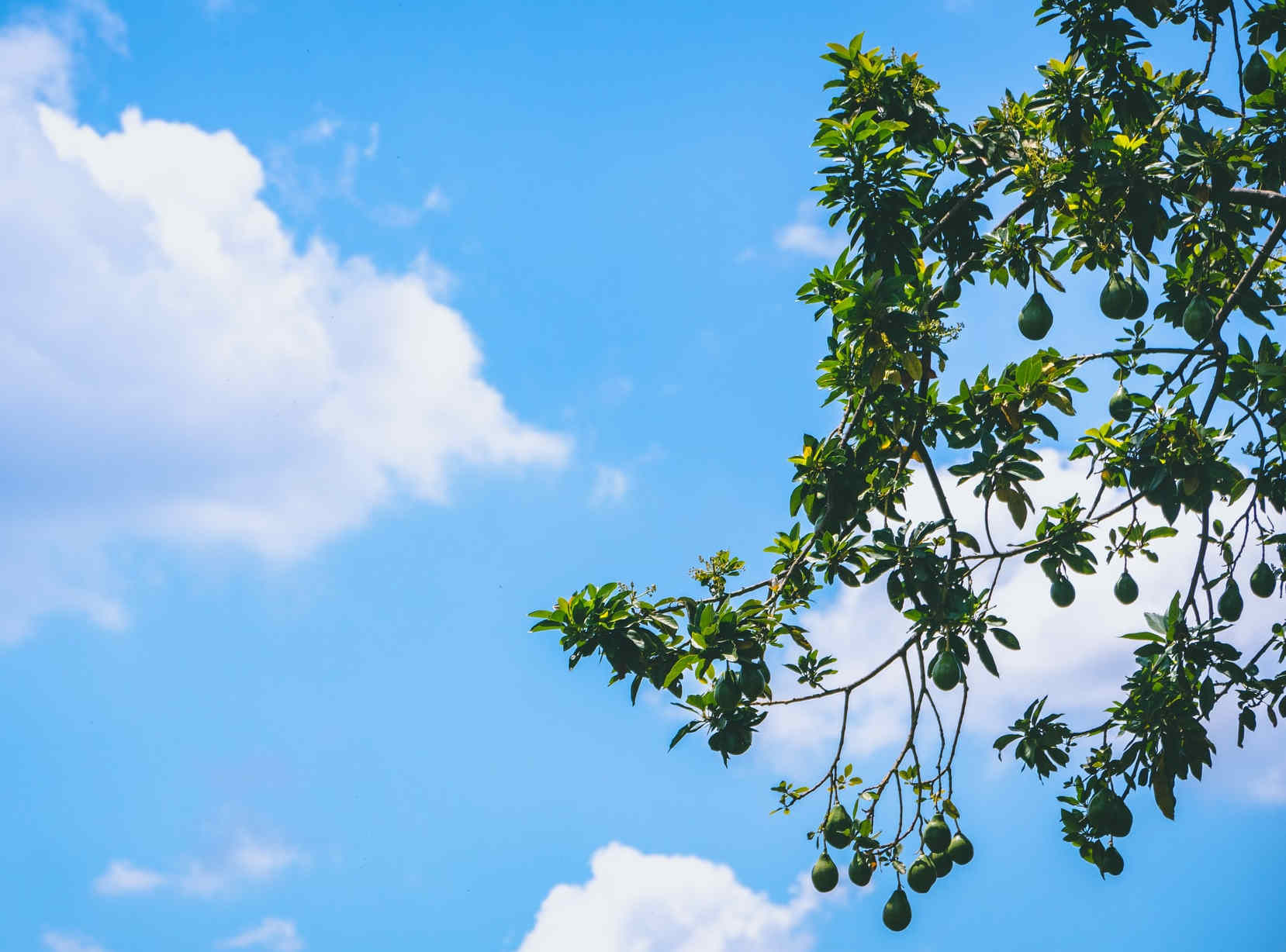
Avocados To Grow in Your Backyard
Avocado trees are one of the most desirable trees we can grow here in California. Once established they offer us an abundant supply of fresh, tasty avocados for years to come.
Table of Contents
Background
Where Do Avocados Come From?
Avocados are native to Mexico, Central America and the Caribbean. These regions are also linked to the 3 commonly accepted families of avocados.
The avocados you typically find in stores are often of Mexican and/or Central American origin.
How Are Avocados Grown?
Avocados have a reputation for being one of the more challenging fruit trees to grow in your backyard.
While they grow well in California’s mild and warm climate, they require regular irrigation but great care must be taken not to overwater.
Many avocado varieties are at least partially self-fertile but production usually improves when different types of avocados are nearby.
There are two flowering types: Type A avocados and Type B avocados.
One of the advantages of growing multiple varieties of avocados is that they ripen during different times of the year. This way you can take advantage of successive ripening and always have fresh avocados ready to pick off the tree.
Are Avocados Good For Your Health?
Avocados are very good for you. They can be called a superfood.
Avocados are high in fat content, but it’s mostly monounsaturated fat, which is the good fat you want for a healthy heart.
The fruit is also a great source of fiber and vitamins A, K, C, E and B.
Popular Avocado Varieties
Hass
Without a doubt, Hass avocados are the most widely cultivated avocado variety and the one you are mostly likely to find in grocery stores.
Interestingly, the Hass avocado was developed right here in Southern California and is thought to be a hybrid between Mexican and Guatemalan avocados.
The Hass avocado is named after the famed horticulturalist Rudolph Hass, who developed and patented it in the 1920s and 1930s.
While those in the know pronounce the name like the a in hat, the most common pronunciation is like a long ah in hot, probably because it’s similar to the last name Haas.
The Hass avocado is an A Type avocado and will increase production with a nearby B type avocado. That said it is also self-fertile and will still produce plenty of fruit for backyard growers.
This avocado stands out on account of its rich, creamy and nutty taste.
In California, Hass avocados usually start to ripen in the spring. Note that it takes over a year for the avocados to get to this point after blossoming the previous spring. As far as avocados go, this is actually not too long because there are other varieties that can take 18 months to ripen.
Ripe Hass fruits can hang on the tree for as long as six months. This is another reason why the Hass avocado is popular with growers as it allows for a nearly year-long harvest.
Hass changes color to a darker purple or black when it ripens off the tree. The best way to check is by tasting firmness. When you squeeze the avocado, it should yield a little bit but not be soft or mushy. If it’s still hard to touch, you will have to give it more time. Wrapping it in paper or placing it near fruits like bananas can often speed up the ripening process.
Hass Avocado trees easily reach 40ft in height but don’t hesitate to put them in your backyard. You can prune them to keep them much shorter.
Fuerte
Fuerte avocadoes are probably the second most popular variety after Hass. They took the top spot until the emergence of the Hass variety.
Fuerte is the Spanish word for strong, which is used to refer to its resiliency and greater hardiness in colder weather, down to 28 degrees F. Supposedly, it got the moniker when it survived the Big Freeze that swept Los Angeles in 1913.
Fuerte avocados are a B type and for this reason some Fuerte trees are often planted alongside mainly Hass avocado orchards to improve production.
You can start to harvest Fuerte avocados in late October and early November but they usually taste better when you can wait another couple months until December and January.
Fuerte avocado trees can grow 40ft to 50ft tall but can be pruned to a more manageable size.
Reed
Reed avocados are named after James Reed, the grower who developed this avocado in Southern California back in 1948.
Reed is a Type A avocado.
Reed avocados are good to harvest in the summer months starting in June.
Their fruit is round and large with a thick skin and has excellent taste.
Mature Reed avocado trees reach 15ft to 40ft in height.
Reed avocados are known to require less water than Hass.
Pinkerton
This avocado was named after the Pinkerton Ranch in Saticoy, California, the place where it was first cultivated in the 1970s.
Pinkerton avocados are good to pick in late winter and early spring.
The Pinkerton avocado is Type A.
They grow 15ft to 40ft tall at maturity.
Pinkerton avocados get much larger than Hass avocados. They are pear-shaped with a long neck.
Gwen
Gwen avocados ripen in the summer.
The Gwen avocado is Type A. Unlike many other avocado cultivars, which can perform well as self-fertile, Gwen avocados strongly prefer a Type B pollenizer.
Gwen is one the smaller avocado cultivars. Mature trees grow to a height of 15ft and can be pruned to a shorter height even.
Zutano
Zutano avocados ripen in the winter months.
The Zutano avocado is Type B.
Like other mid-sized avocado trees, Zutano grow 30ft to 40ft tall at maturity.
Sharwil
Sharwil avocados, also known as Kona Sharwil, can be picked in the spring.
They are known for their relatively high fat content, much more than Hass.
As the name suggests, this variety was first cultivated in Hawaii. They are the main variety exported from Hawaii to the mainland United States.
The Sharwill avocado is Type B.
Sir Prize
Sir Prize (aka Sir-Prize “surprise”) avocados are favored for their taste.
Sir Prize avocados are ready to pick in the spring.
The Sir Prize avocado is Type B.
Mature trees reach 15ft to 25ft in height.
Stewart
Stewart avocados are good to pick in the winter months.
The Stewart avocado is Type A.
This tree can reach 20ft to 30ft in height at maturity.
Lamb Hass
Lamb Hass avocados are similar in taste to Hass avocados.
They ripen later than Hass avocados and are good to pick in the summer.
The Lamb Hass avocado is Type A.
Mature Lamb Hass avocado trees typically reach 15ft to 20ft in height.
Bacon
This cultivar is named after James Bacon, the man who first grew it on his farm in Buena Park, Orange County, California back in the 1950s.
Bacon avocados can be harvested in the winter months.
The tree is mid-sized.
The Bacon avocado is Type B.
Mexicola
This cultivar is of the Mexican family, hence the name, and is best known for being extremely cold-resistant, down to 18 degrees Fahrenheit.
Mexicola avocados are good to pick in the fall months.
Mature Mexicola trees easily reach 20ft in height.
The Mexicola avocado is Type A.
Ettinger
This cultivar is the best known avocado variety originating from Israel.
Occasionally, Ettinger avocado trees may yield some fruits without seeds.
Ettinger avocados should be harvested in mid-winter.
The Ettinger avocado is Type B.
Jan Boyce
This cultivar was developed at the University of California, Riverside. It’s named after the wife of Al Boyce, who was involved in the avocado breeding program at the university.
Jan Boyce avocados are good to harvest in the spring.
The tree is mid-sized.
Jan Boyce is a Type A avocado.
GEM
This is a relatively new patented variety developed by the University of California, Riverside avocado breeding program and commercialized under license.
There’s only a limited supply for home growers at select nurseries.
Commercially, GEM avocados are favored as a possible successor to Hass. It is similar in taste but offers a more compact yet also more productive growing habit with the fruit growing protected from the sun inside its canopy. That is great for high density orchards. The yield is also supposed to be more consistent year to year.
GEM avocados usually ripen in late spring and early summer, usually starting about 4 weeks after Hass.
GEM is a Type A avocado.
Holiday
Holiday avocados got their name because they are supposed to be ripening in time for the holidays around December.
The Holiday avocado is Type A.
Holiday avocados grow 10ft to 12ft tall, which is a relatively small size for an avocado tree. This is why they are also known as a dwarf avocado.
Wurtz / Little Cado
Wurtz avocados, also known as Little Cado (and sometimes also simply sold as a dwarf avocado hybrid) usually ripen from May through September.
They are variably described as both Type A and Type B.
They are one of two common dwarf avocado varieties, the other being the Holiday avocado.
Because of their compact size, they are great to keep as a backyard tree or anyone really short on space.
The Little Cado grows 8ft to 10ft tall and just as wide.
Avocado Trees in My Backyard
My Pinkerton Avocado Tree

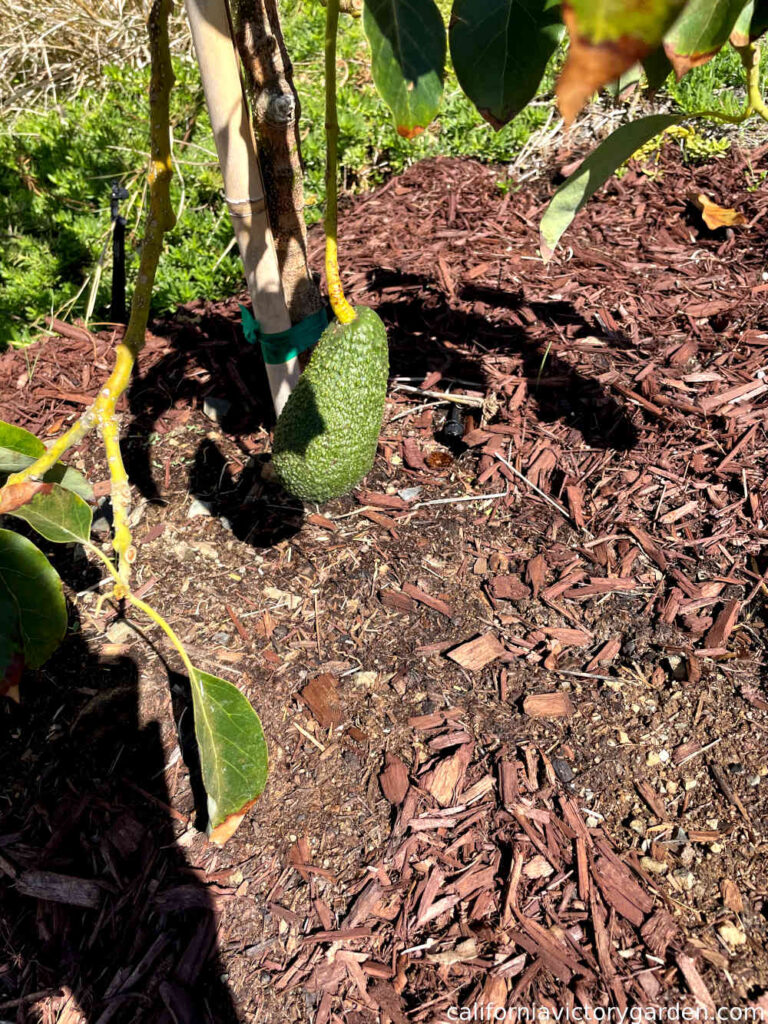

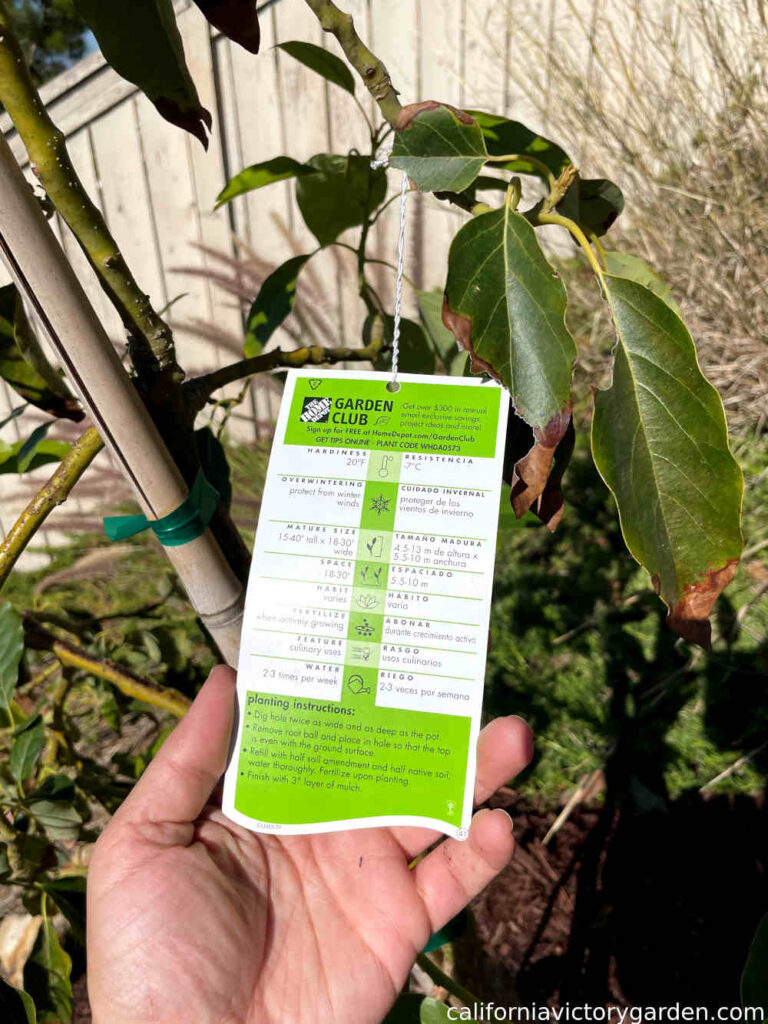
My Holiday Avocado Tree

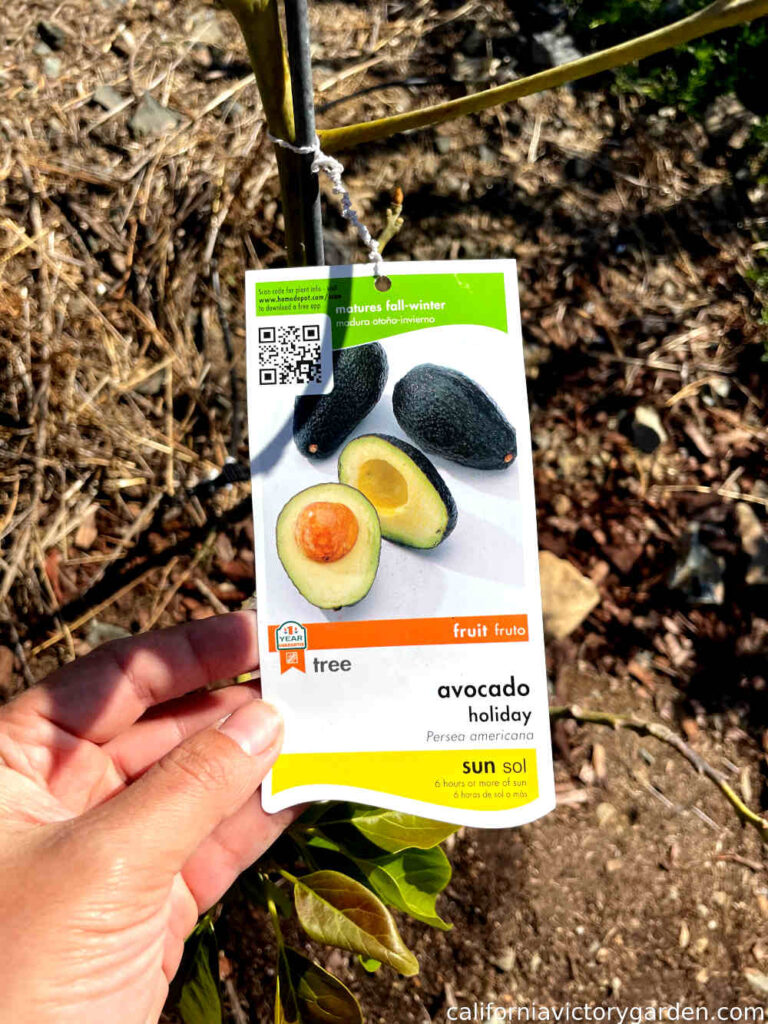
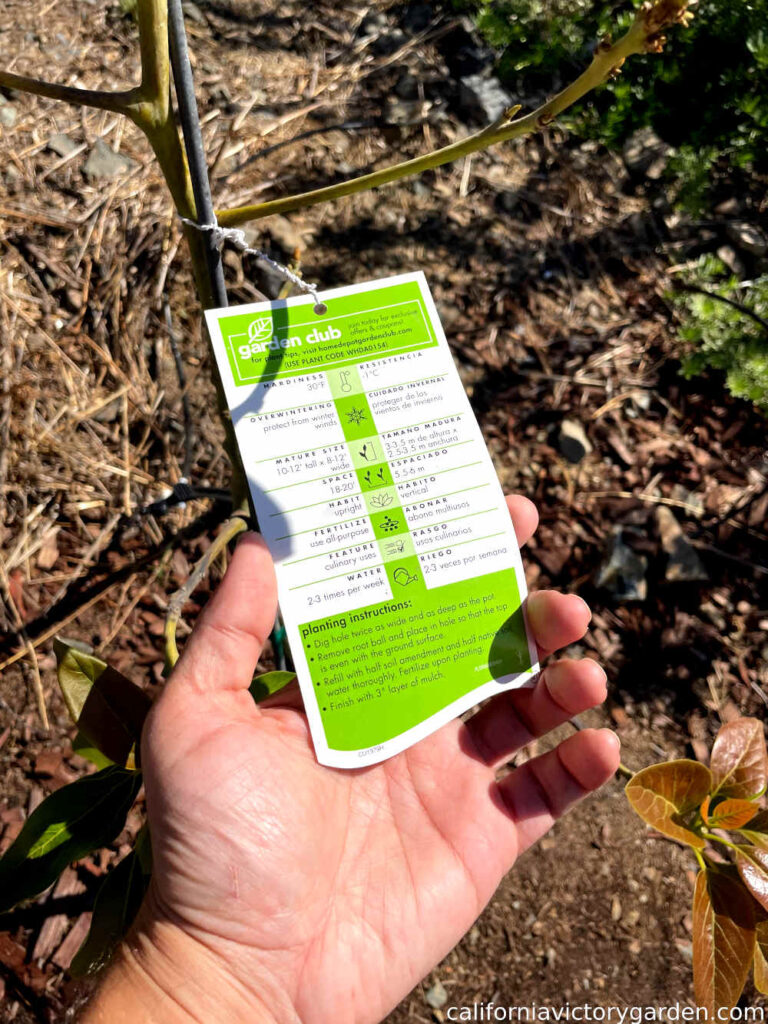
My Wurtz / Little Cado Avocado Tree
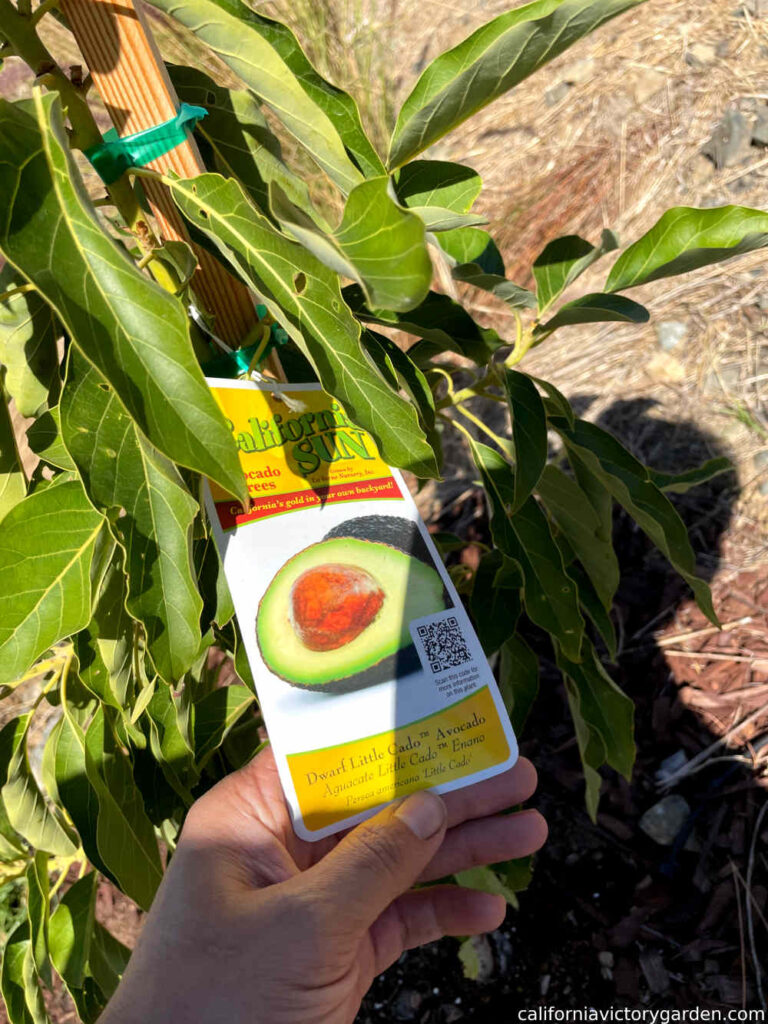
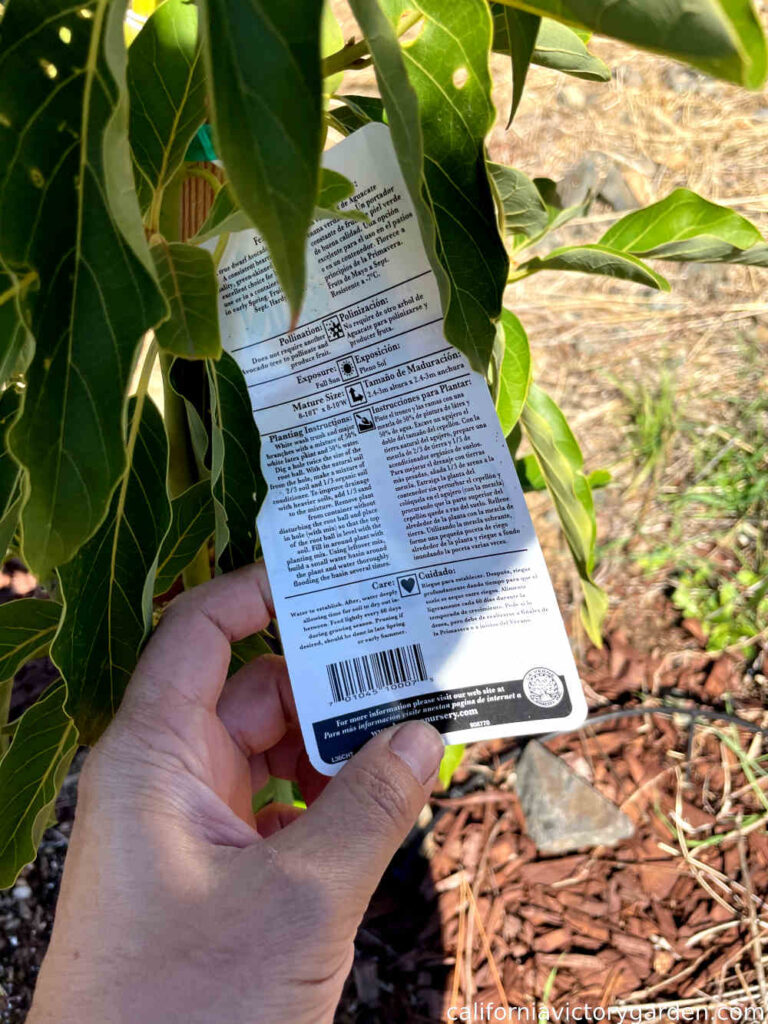
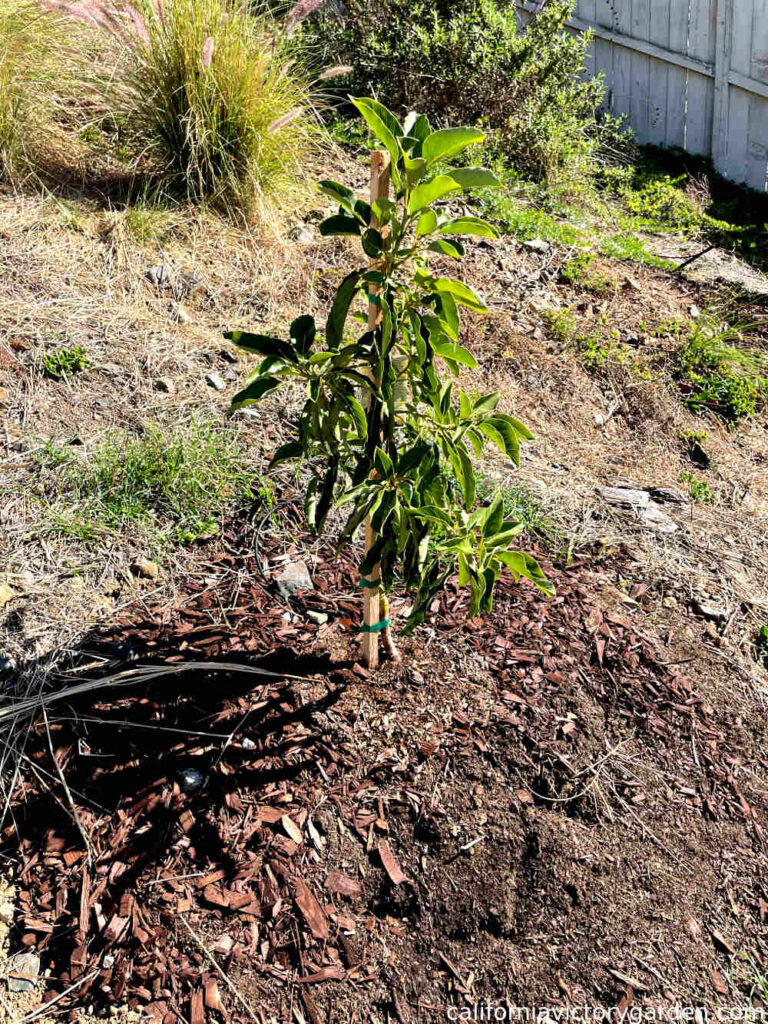
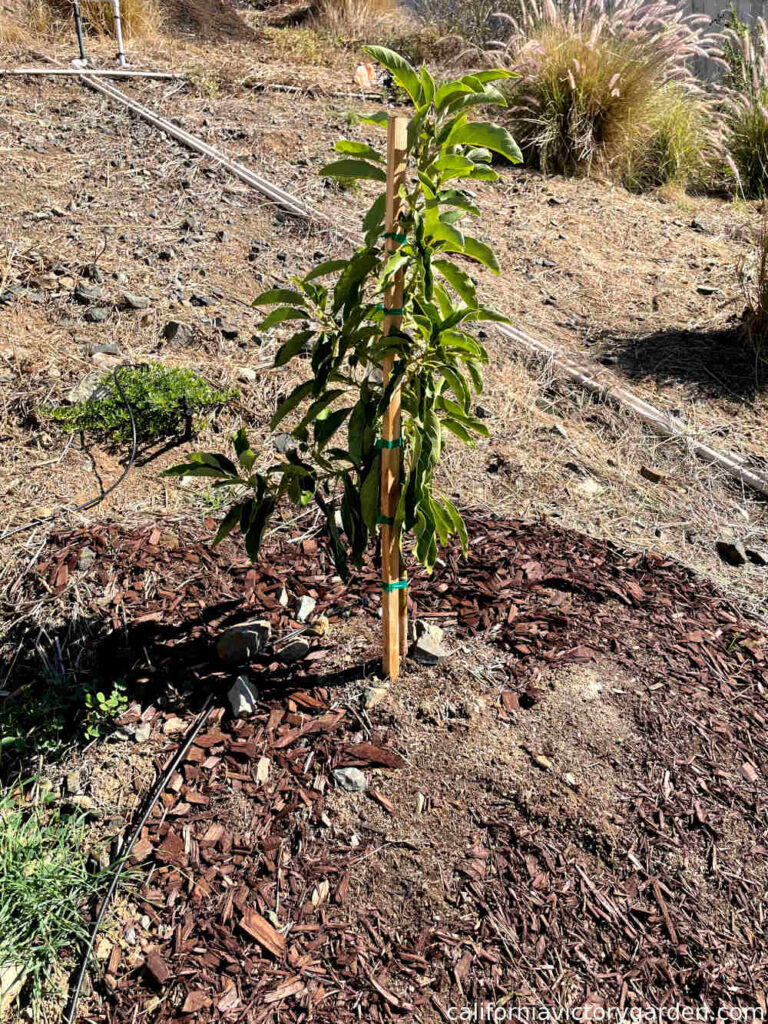
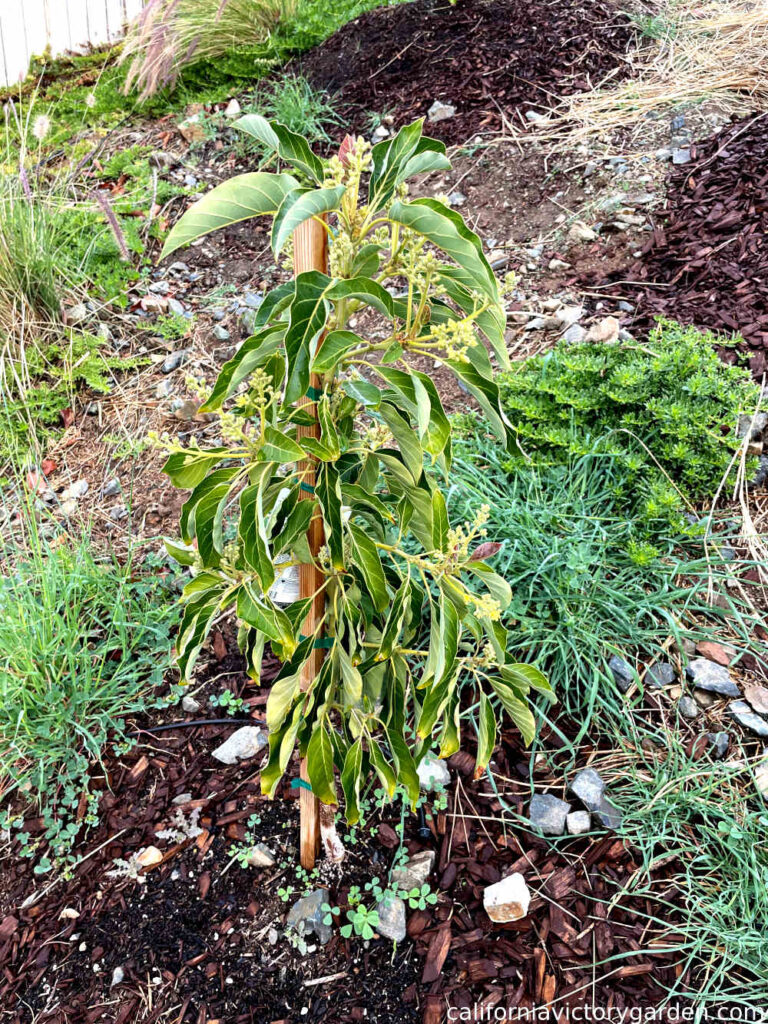

Why You Should Grow Avocados in Your Backyard
Avocados take a lot of effort to establish but they are some of the most rewarding fruit trees you can have. Very few fruits come close to it in terms of health benefits. They also tend to be rather expensive to buy in grocery stores, so you can save money by growing them yourself.
